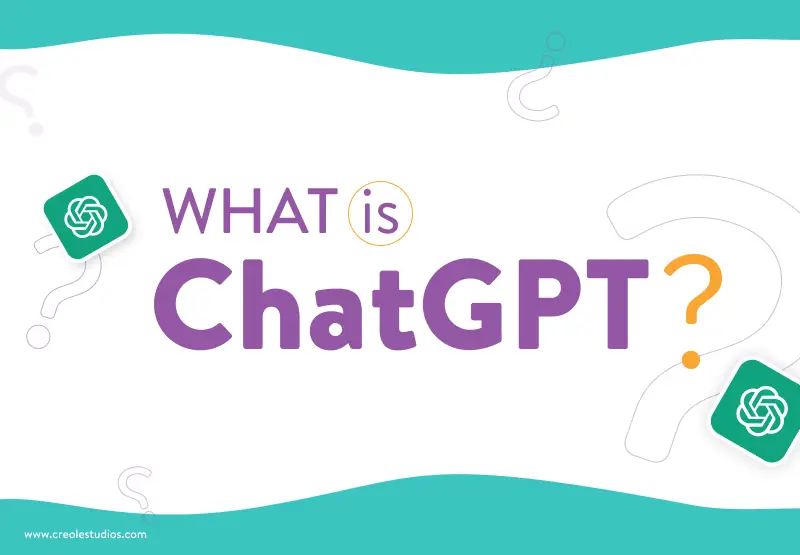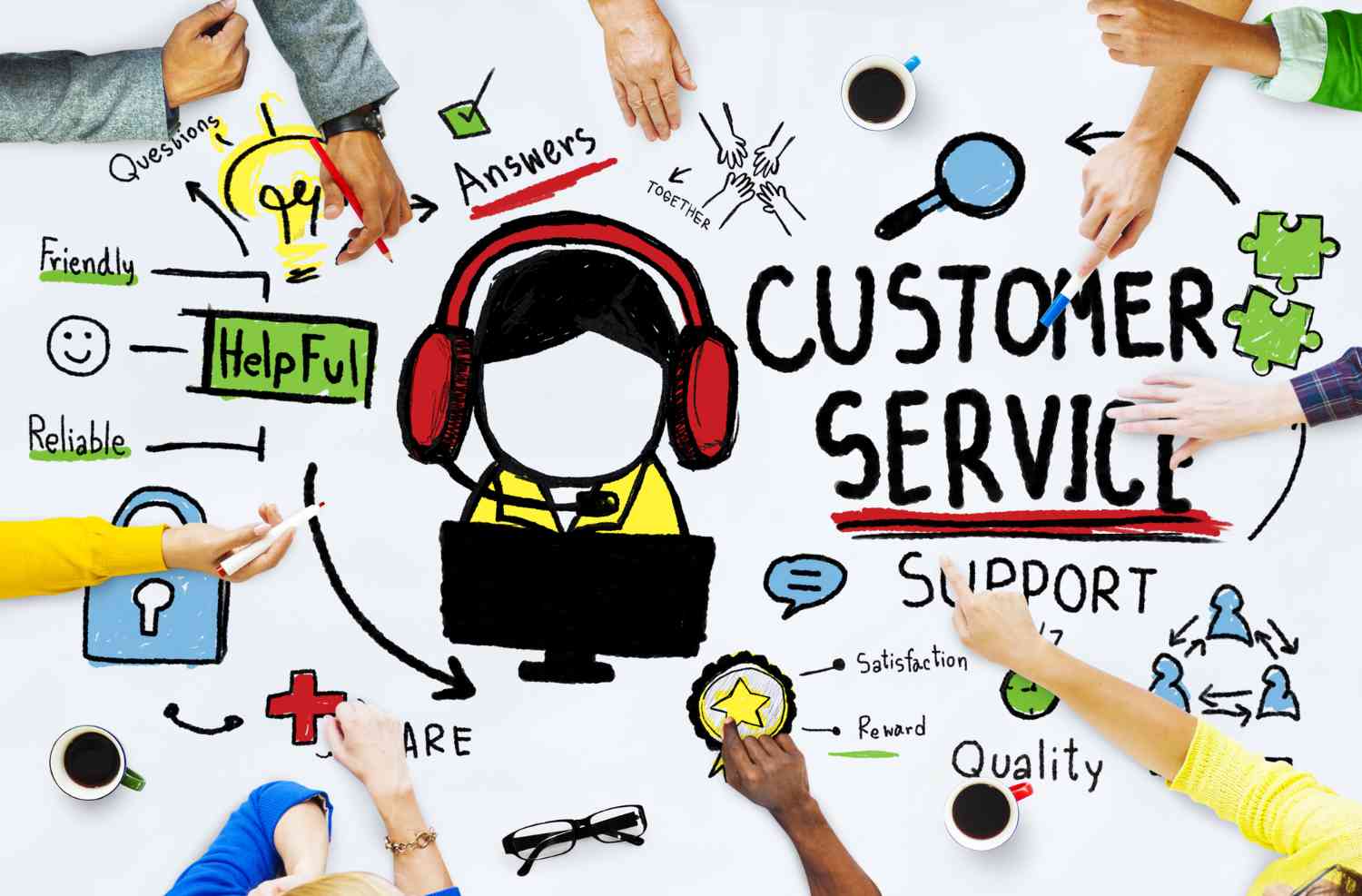Enhancing Customer Service with ChatGPT: Best Practices and Strategies

ChatGPT, a large language model developed by OpenAI, has emerged as a powerful tool for businesses aiming to improve their customer service. By leveraging its capabilities, companies can enhance the customer experience, optimize support processes, and build stronger customer relationships. To maximize the benefits of ChatGPT in customer service, adopting effective best practices and strategies is crucial.

-
Establish Clear Objectives: Determine the specific goals your business wants to achieve with ChatGPT, such as reducing response times, improving customer satisfaction, or automating routine inquiries. Clearly defined objectives will guide the implementation and evaluation of ChatGPT solutions.

-
Choose the Right Use Cases: Not all customer service interactions are suitable for ChatGPT. Identify specific use cases where ChatGPT can add value, such as answering FAQs, providing product information, or handling basic support queries. Avoid using ChatGPT for complex or sensitive issues that require human intervention.
-
Provide Comprehensive Training: Train the ChatGPT model thoroughly on your company’s knowledge base, including product information, policies, and best practices. The more knowledge ChatGPT possesses, the better it can assist customers with their inquiries.
-
Monitor and Refine Continuously: Implement a process to monitor the performance of ChatGPT and gather feedback from customers. Use this information to refine the model’s responses, update its knowledge base, and adjust implementation strategies as needed.
-
Integrate with Existing Systems: Integrate ChatGPT with your existing customer support systems, such as CRM or ticketing platforms, to streamline workflows and provide a seamless customer experience.
-
Personalize Interactions: Use ChatGPT’s ability to generate unique and personalized responses to make customer interactions more engaging. Train the model to recognize customer preferences, respond in a friendly and empathetic manner, and suggest relevant solutions.
-
Focus on Customer Delight: Go beyond resolving customer queries to delighting them with exceptional experiences. Use ChatGPT to offer proactive support, anticipate their needs, and provide unexpected value-added services that create positive and memorable impressions.
-
Use Carefully and Responsibly: Be mindful of the ethical implications of using ChatGPT in customer service. Ensure transparency with customers, avoid providing misleading or potentially harmful information, and respect privacy and data protection regulations.
By adhering to these best practices and strategies, businesses can harness the power of ChatGPT to enhance customer service, build stronger relationships with their clients, and ultimately drive customer satisfaction and loyalty.## Enhancing Customer Service With ChatGPT: Best Practices and Strategies
Executive Summary
In today’s digitally driven business landscape, providing exceptional customer service is paramount for building lasting customer relationships and driving business success. ChatGPT, a powerful conversational AI tool, presents a game-changing opportunity for businesses to enhance their customer service capabilities. This comprehensive guide explores the best practices and strategies for leveraging ChatGPT to deliver exceptional customer experiences across various touchpoints.
Introduction
Customer service is the backbone of any successful business. It’s how businesses build relationships with their customers, resolve their issues, and ultimately drive loyalty. In the past, customer service has been largely handled by humans. However, with the advent of artificial intelligence (AI), businesses are increasingly turning to AI-powered chatbots to handle customer service tasks.
One of the most popular AI-powered chatbots is ChatGPT. ChatGPT is a large language model that has been trained on a massive dataset of text and code. This training has given ChatGPT the ability to understand and respond to a wide range of customer queries in a natural and human-like way.
FAQs
1. What is ChatGPT?
ChatGPT is a large language model that has been trained on a massive dataset of text and code. This training has given ChatGPT the ability to understand and respond to a wide range of customer queries in a natural and human-like way.
2. How can ChatGPT be used for customer service?
ChatGPT can be used for a variety of customer service tasks, including answering customer questions, resolving customer issues, and providing product recommendations.
3. What are the benefits of using ChatGPT for customer service?
There are many benefits to using ChatGPT for customer service, including:
- Reduced costs: ChatGPT can help businesses reduce their customer service costs by automating repetitive tasks.
- Improved customer satisfaction: ChatGPT can help businesses improve customer satisfaction by providing fast and accurate answers to their questions.
- Increased sales: ChatGPT can help businesses increase sales by providing product recommendations and assisting customers with their purchases.
Top 5 Subtopics
1. Customer Engagement
ChatGPT can be used to engage customers in a variety of ways, including:
- Providing personalized customer experiences: ChatGPT can use customer data to provide personalized customer experiences, such as recommending products that they are likely to be interested in.
- Building relationships with customers: ChatGPT can build relationships with customers by getting to know their needs and preferences.
- Resolving customer issues: ChatGPT can help customers resolve their issues by providing them with information and support.
2. Customer Support
ChatGPT can be used to provide customer support in a variety of ways, including:
- Answering customer questions: ChatGPT can answer a wide range of customer questions, including questions about products, services, and policies.
- Resolving customer complaints: ChatGPT can help customers resolve their complaints by providing them with information and support.
- Providing technical support: ChatGPT can provide technical support to customers, such as helping them troubleshoot problems with their products.
3. Marketing and Sales
ChatGPT can be used to support marketing and sales efforts in a variety of ways, including:
- Generating marketing content: ChatGPT can generate marketing content, such as blog posts, articles, and social media posts.
- Qualifying leads: ChatGPT can qualify leads by asking customers questions about their needs and interests.
- Closing sales: ChatGPT can help close sales by providing customers with information and support.
4. Research and Development
ChatGPT can be used to support research and development efforts in a variety of ways, including:
- Generating new ideas: ChatGPT can generate new ideas for products, services, and marketing campaigns.
- Testing new products and services: ChatGPT can test new products and services by getting feedback from customers.
- Improving customer experience: ChatGPT can help improve customer experience by providing insights into customer behavior.
5. Internal Operations
ChatGPT can be used to support internal operations in a variety of ways, including:
- Automating tasks: ChatGPT can automate tasks, such as scheduling appointments, sending emails, and processing orders.
- Improving communication: ChatGPT can improve communication between employees by providing them with a platform to share ideas and collaborate.
- Providing training: ChatGPT can provide training to employees by answering their questions and providing them with information.
Conclusion
ChatGPT is a powerful tool that can be used to enhance customer service in a variety of ways. By leveraging ChatGPT’s ability to understand and respond to customer queries in a natural and human-like way, businesses can improve customer engagement, provide better support, and drive sales.
Keyword Tags
- ChatGPT
- Customer service
- AI
- Chatbot
- Customer experience
